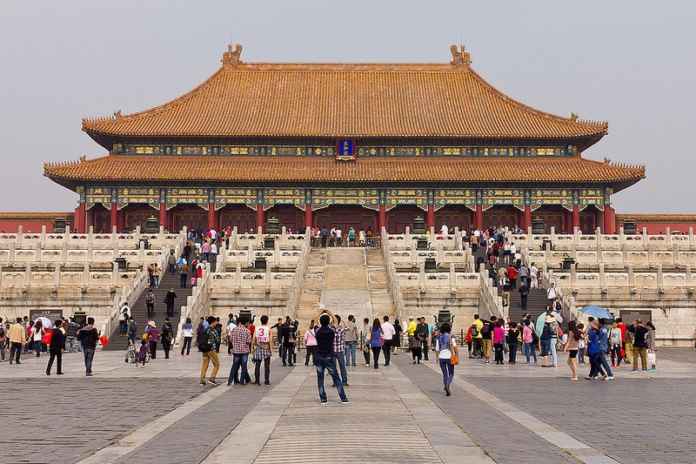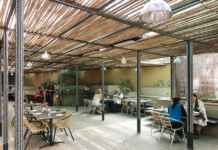As the name suggests, there is a sense of grandeur and mystery associated with the Forbidden City, located in Beijing near Tiananmen Square. Covering an area of 178 acres, Forbidden City was the former imperial palace for over 491 years between 1420 and 1911. Starting from the Ming Dynasty to the end of the Qing Dynasty, Forbidden City also now known as the Palace Museum has been home to twenty-four Chinese emperors. It is among China’s top tourist attraction, drawing more than 7 million visitors a year and also happens to be the the largest ancient palatial structure in the world.
The construction of Forbidden City was initiated in 1409 by the Yongle Emperor, the son of the Ming founder. Today, it is surrounded by a 52-foot-wide, two-meter-deep moat and a 30-foot-high red wall. Named a UNESCO World Heritage Site in 1987, Forbidden City was constructed in such a manner so that the emperor’s connection to heaven was projected.
The Forbidden City was named such as the region was literally forbidden to the commons. In fact, any commoner who saw the emperor was killed. The rigidity was such that the palace guards would sound bells to warn the people of Beijing that the emperor was leaving his palace. It was finally, only in 1925 when members of the public entered Forbidden City for the first time.
Visitors are advised to keep an entire day reserved, if they want to explore Forbidden City in great depth and detail. It is highly recommended to avoid visiting the Forbidden City on weekends or public holidays as it tends to get crowded. Early in the morning or visiting in the later afternoon is the best way to beat the crowds. The timings to visit Forbidden City are as follows:
April 1st – October 31 ( 8:30 – 17:00 )
Last Entry at 16:10
Tickets sold until 16:00
November 1st – March 31 (8:30 – 16:30)
Last Entry at 15:40
Tickets sold until 15:30
In order to access Forbidden City, it is most feasible to have your base at Beijing. From Beijing, opting for public transport to reach Forbidden City is the best option as there is no space for parking available. Travelling by bus, subway or taxi are the best options.
Traditionally, the Forbidden City is divided into two parts, Outer Court and the inner palaces. The most important buildings in Forbidden City are situated on the central north-south axis. Most travelers enter the Forbidden City through Tian’anmen, the Gate of Heavenly Peace and exit through the Gate of Divine Might, behind the Imperial Garden.
Some of the noteworthy and must visit structures of Outer Court include:
• Hall of Supreme Harmony: Renowned as the largest wood building in China and one of the largest wood buildings in the world, it has been constructed on the principles of feng shui. The emperors’ Dragon Throne (Longyi) is in this hall.
• Hall of Complete Harmony: Topped with yellow glazed tiles on the roof, this was the resting place of the emperor before presiding over events held in the Hall of Supreme Harmony.
• Hall of Preserving Harmony: This hall happens to be the tallest ancient timber palace in China. It was mainly used to hold banquets and for the Emperor’s interactions with the minority group.
The Palace of Heavenly Peace, Palace of Union and Peace and the Palace of Terrestrial Tranquility are among the must visit attractions of the Inner Court.
To get a taste of the rich Chinese history and an essence of its grandeur, make sure that you plan a trip to Forbidden City!













